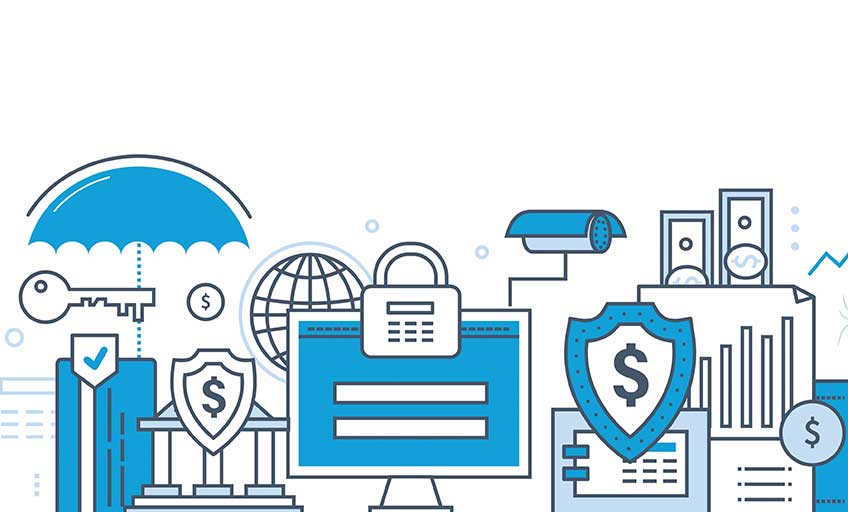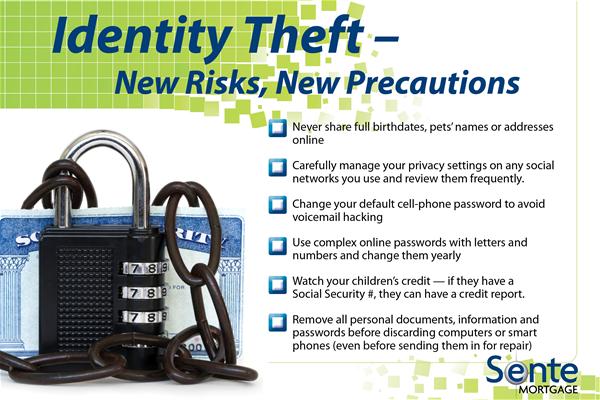Identity Theft: New Risks, New Precautions

With our increased reliance on the web for most of our financial and social activities, identity thieves now have more places than ever to hunt for clues to a person’s ID. And although the number of ID theft occurrences has decreased, the consumer’s cost has increased.
Why? More of us use debit cards to pay for our purchases. Unlike traditional credit card companies, debit-card issuers usually don’t offer zero-liability protection. Therefore, the consumer bears the burden of clearing up complicated debit-card fraud all alone.
Identity thieves also have some new angles these days. In addition to attacking existing accounts, these criminals are opening new accounts — using identities they have replicated based on information gathered online. This can take longer to uncover, and ultimately prove even more costly.
Below you will find a new identity-theft prevention checklist.
- Never share full birth dates, pets’ names or addresses online.
Carefully manage your privacy settings on any social networks you use and review them frequently. - Change your default cell phone password to avoid voicemail hacking.
- Use complex online passwords with letters and numbers and change them yearly. Watch your children’s credit — if they have a Social Security #, they can have a credit report. Remove all personal documents, information and passwords before discarding computers or smartphones (even before sending them in for repair).
And don’t forget these tried-and-true practices:
- Shred everything — thieves are still dumpster-diving.
- Monitor all your credit and bank accounts for unauthorized use.
- Review your credit report at least once a year — twice is even better.
- Don’t respond to spam or pop-up messages asking for your personal information.
You can’t control everything. Even some of the biggest companies have been raided for consumer information. But being a little more careful improves your chances of keeping your identity to yourself.

